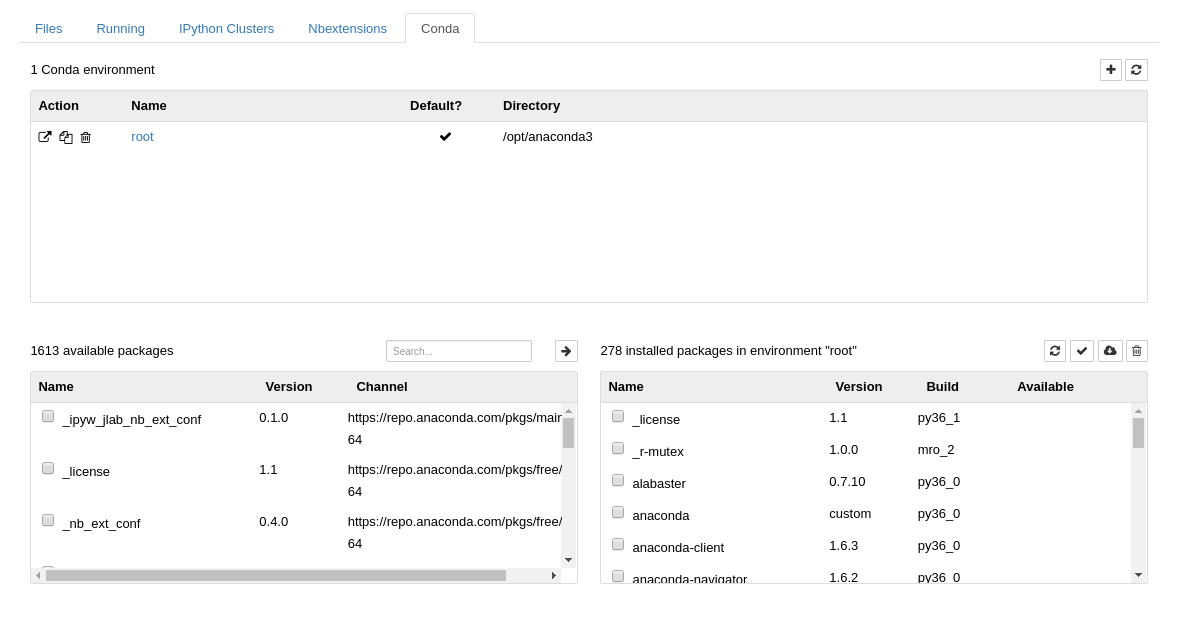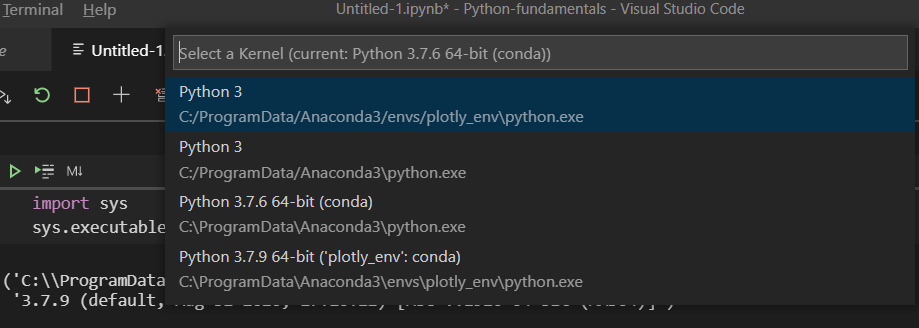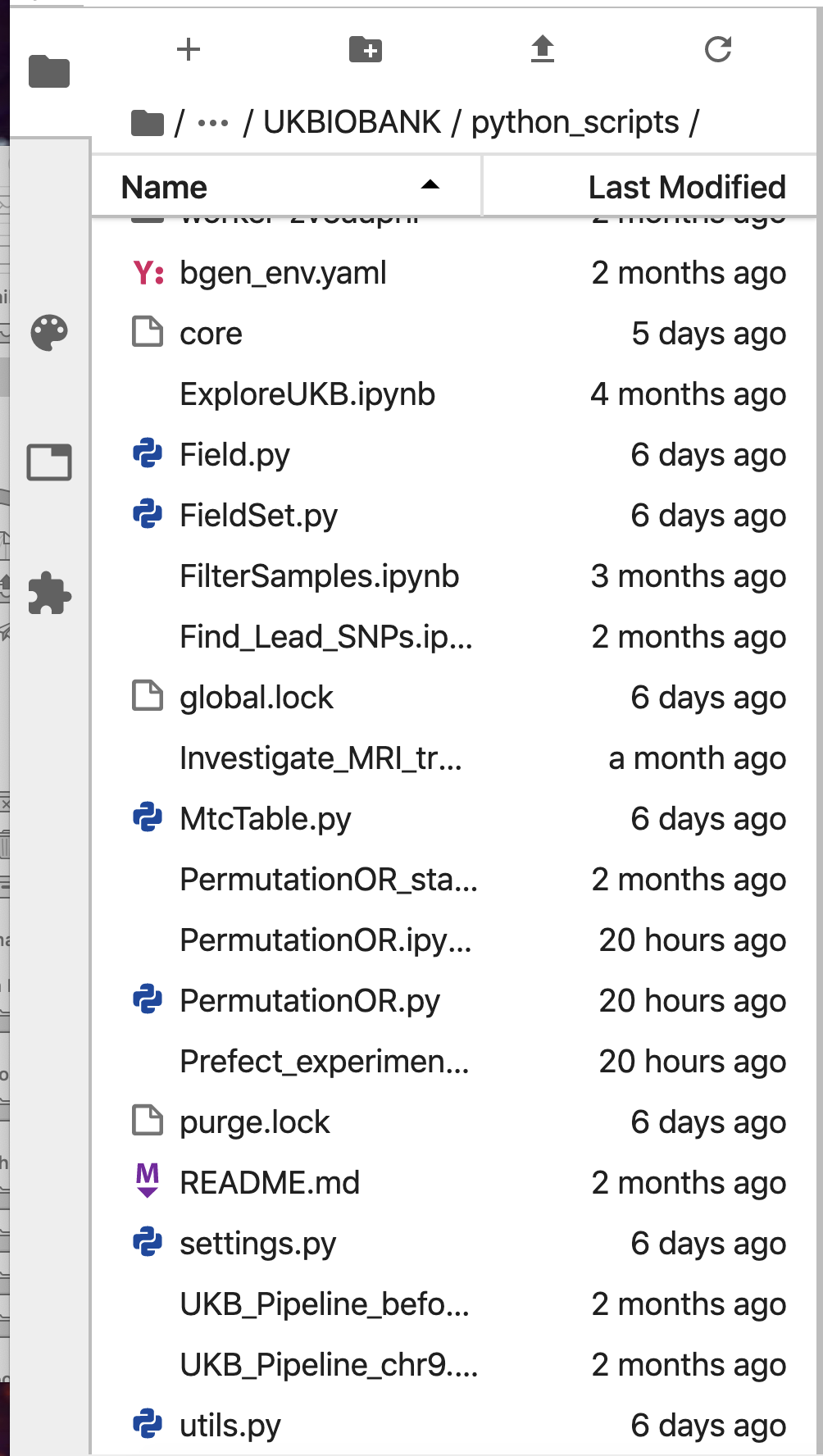

In “/Users/user_name/opt/anaconda3/lib/python3.7/site-packages/dev_mode/static” Though I had my doubts about the missing dev_mode folder, I wanted to go ahead, install the Jupyterlab and see how it works.Ĭonda install /Users/user_name/opt/anaconda3/conda-bld/noarch/jupyterlab-1.2.4-py_0.tar.bz2 Now, when I open this tar file, it doesn’t have a dev_mode folder. JupyterLab is the next-generation user interface for Project Jupyter offering all the familiar building blocks of the classic Jupyter Notebook (notebook, terminal, text editor, file browser, rich outputs, etc.) in a flexible and. Use Anaconda Navigator to manage your packages and start JupyterLab, Spyder, or Visual Studio Code. This created a tar.bz2 file at opt/anaconda3/conda-bld/noarch/jupyterlab-1.2.4-py_0.tar.bz2 An extensible environment for interactive and reproducible computing, based on the Jupyter Notebook and Architecture.

CONDA INSTALL JUPYTER LAB CODE
Uninstalled previous versions of jupyterlab -Ĭreated a meta.yaml file, gave the source file path to the cloned folder that has jupyterlab code (this folder has been cloned from github and has dev_mode folder) and ran the below command in same directory that had meta.yaml file.

It’s also available in Jupyter Notebook, but with the jupyterlab-chart-editor you can even edit Plotly charts through a user-friendly point-and-click interface. Plotly is a graphing library that makes interactive graphs. Made some changes to Jupyterlab code, those changes are visible when I run the Jupyterlab in dev mode. Extension 2: Interactive Graphs with Plotly and Easy Edition with Chart Editor.


 0 kommentar(er)
0 kommentar(er)
